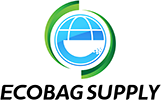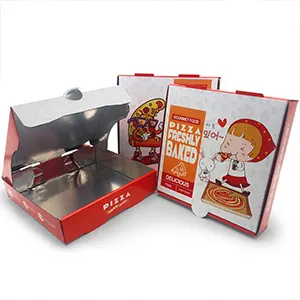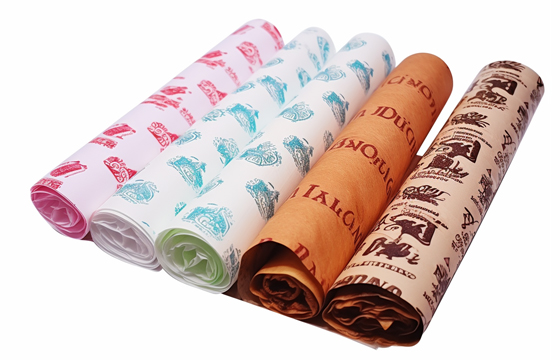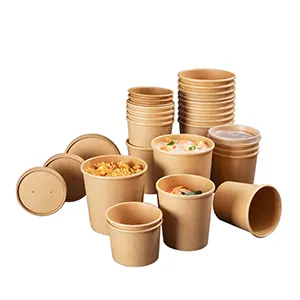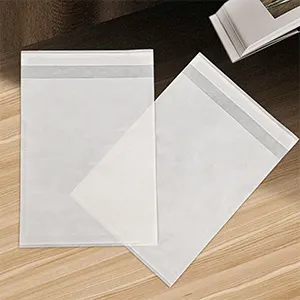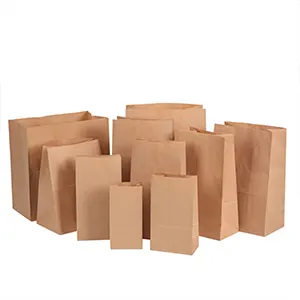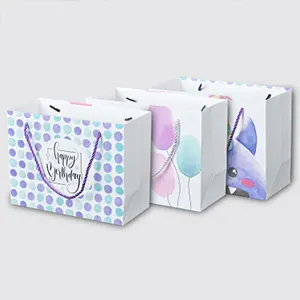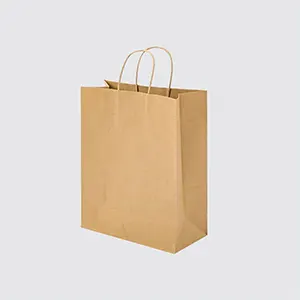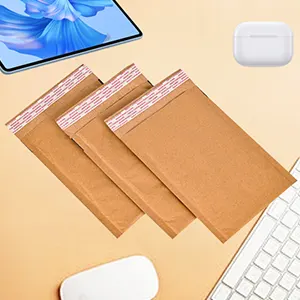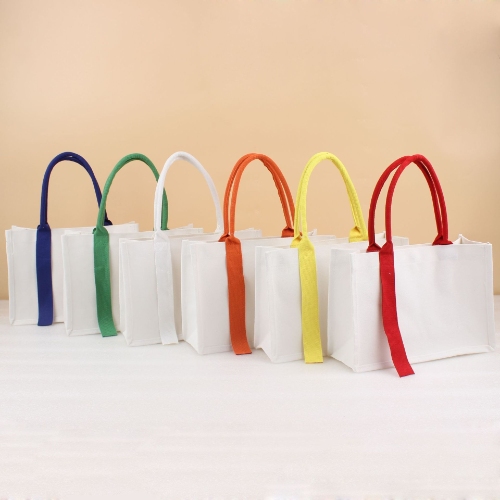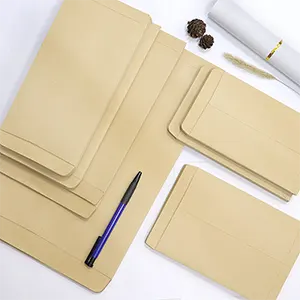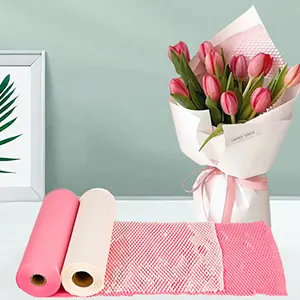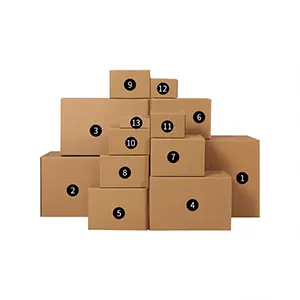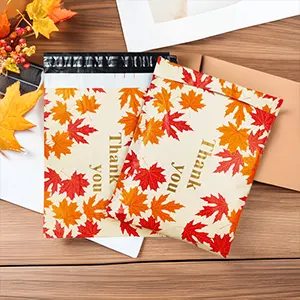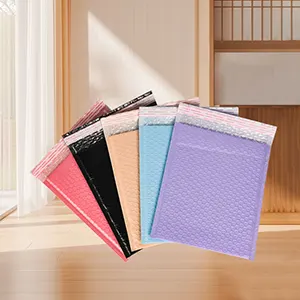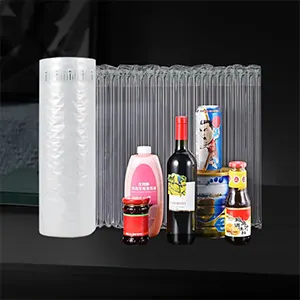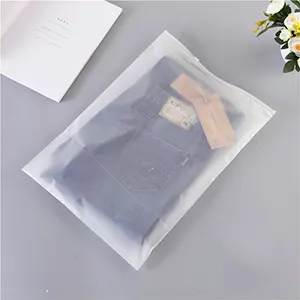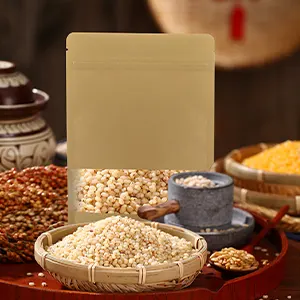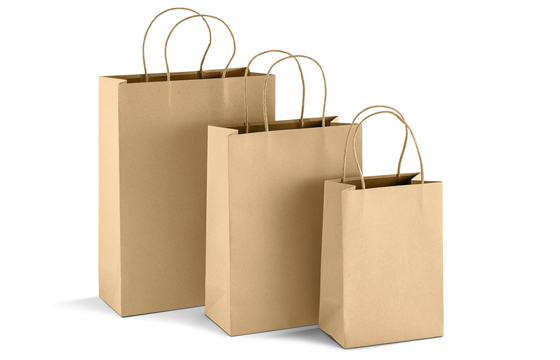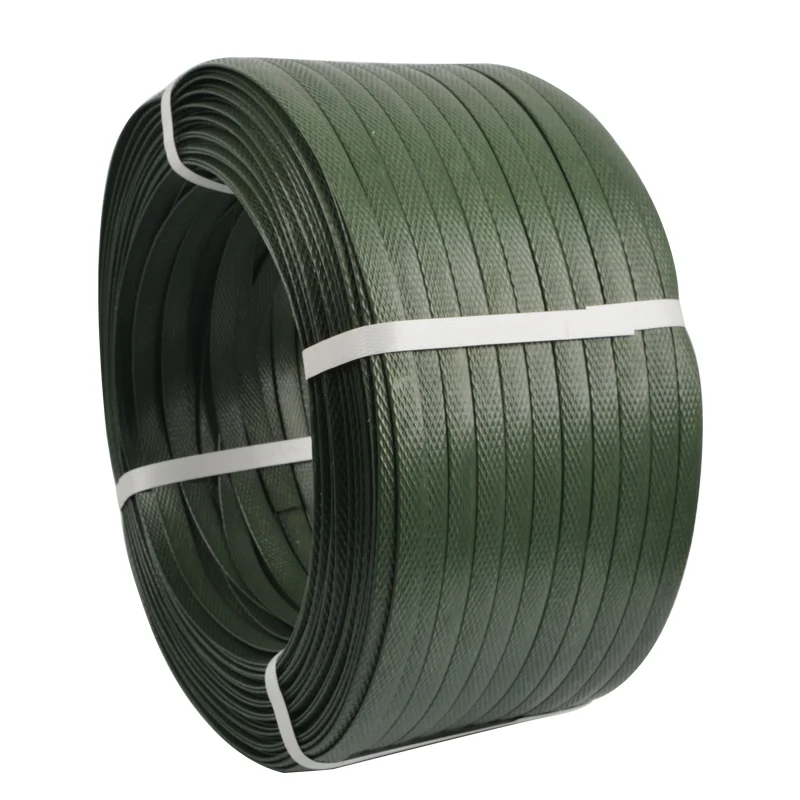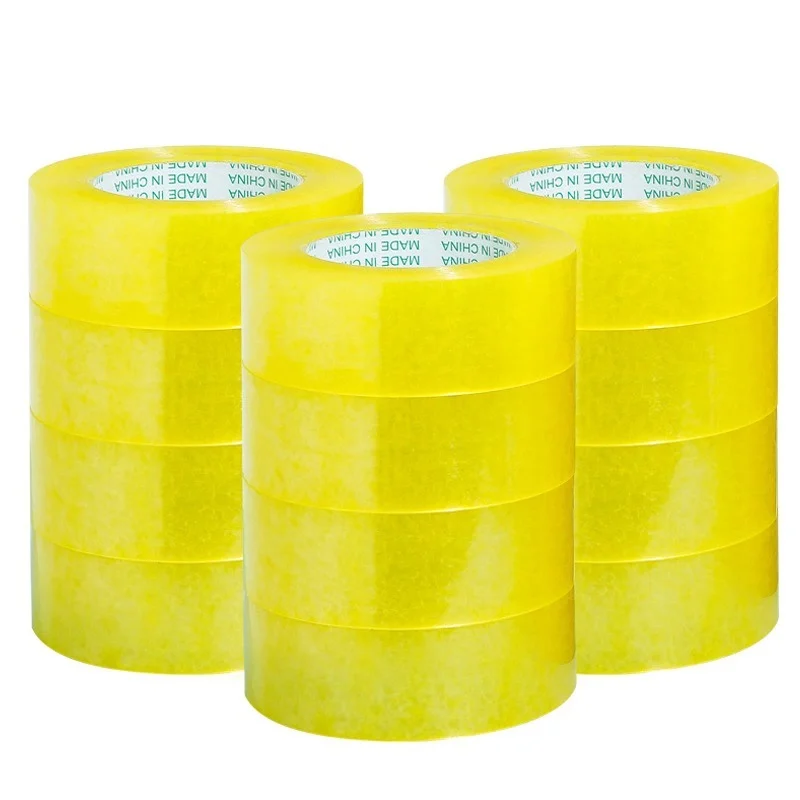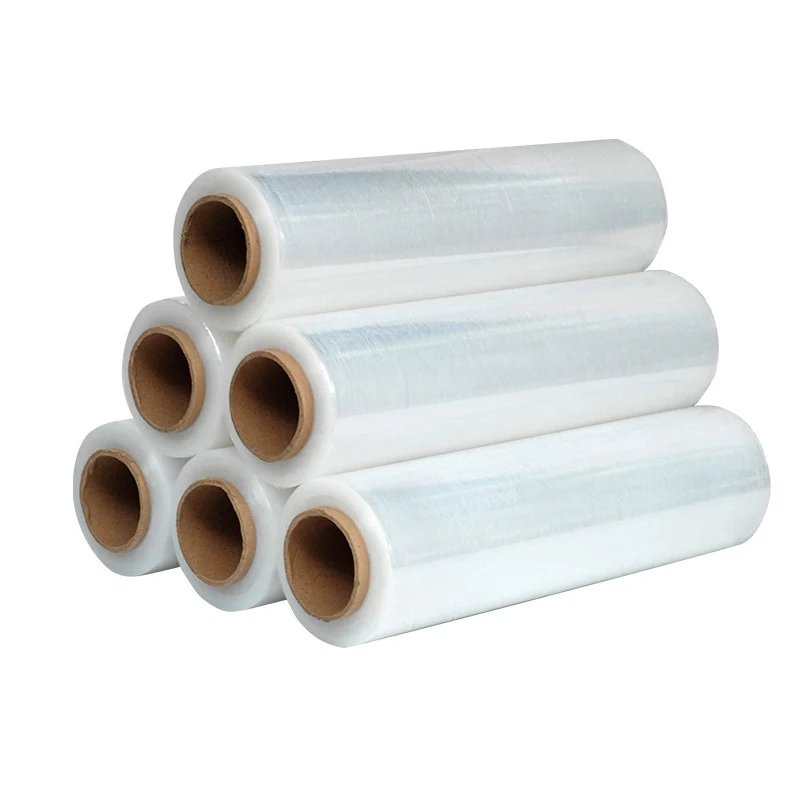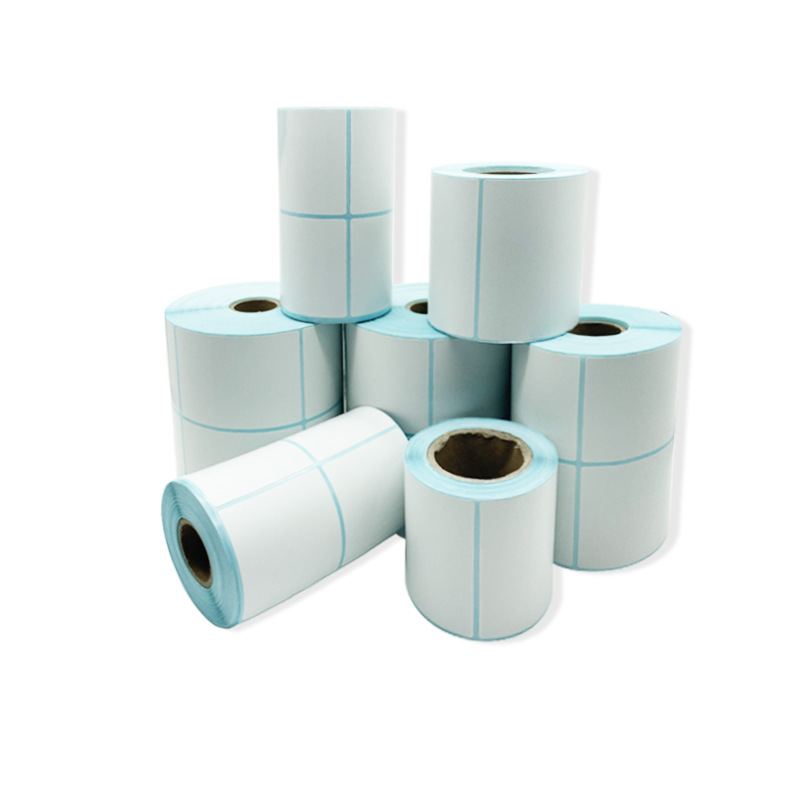The Ultimate Guide to Sourcing Greaseproof Paper Sheets
Sourcing high-quality greaseproof paper sheets is a foundational task for any successful food business. The supplier you choose is more than just a vendor; they are a critical partner whose products directly impact your operational efficiency, your brand's image, and the quality of your final product. The global market is filled with a vast array of options, from local distributors to international manufacturers. Navigating this landscape to find a reliable, high-quality, and cost-effective supplier requires a strategic and diligent approach. This ultimate supplier guide will provide a comprehensive, step-by-step roadmap to the entire sourcing process, empowering you to find the perfect partner for your business's needs.
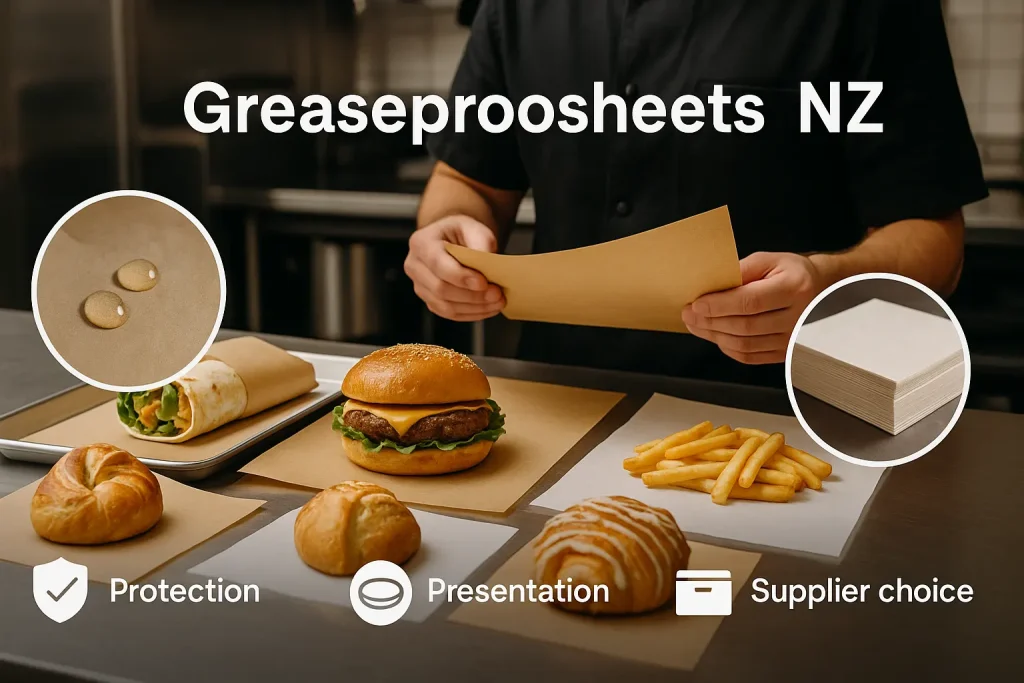
Step 1: Defining Your Business's Exact Requirements
Before you can find the right supplier, you must first have a perfect, data-driven understanding of your own needs. A clear and detailed specification of your requirements is the most important tool you will have. It will allow you to communicate effectively with potential suppliers, to compare their offerings accurately, and to make a decision that is based on facts, not guesswork.
Performing a Volume and Usage Analysis
The first step is to get a precise understanding of your consumption. You need to know how much paper you use and in what formats. Conduct an audit of your usage over a typical month. How many pre-cut sheets do you use per week? How many rolls? What are the peak periods of demand? Having this hard data will allow you to get a much more accurate price quote and will help a potential supplier to understand if they are a good fit for your scale of operation.
Setting Your Quality and Sustainability Standards
Next, you must define your non-negotiable quality standards. This is your baseline for what you will accept. This list should include the requirement that all paper is 100% food-grade and certified as safe for food contact. You should also decide on your required paper weight (GSM), as a thicker paper will be more durable. Furthermore, establish your sustainability standards. Will you only accept paper that is FSC-certified? Is an unbleached, chlorine-free product a core requirement for your brand?
Creating a Detailed Product Specification List
With your volume and quality standards defined, create a detailed list of the exact products you need to source. This list should be as specific as possible. For example: "5 cases per month of 300x400mm white, 40 GSM, FSC-certified greaseproof sheets" and "2 large rolls per month of 450mm wide unbleached greaseproof paper." This level of detail will make your request for a quote much more professional and will result in a much more accurate price.
Establishing Your Budget and Target Pricing
Finally, you must establish a realistic budget. The best way to do this is to calculate your target cost-per-sheet or cost-per-square-meter. This gives you a clear metric for comparing the value of different quotes. While it is important to have a budget, remember that the absolute cheapest price is rarely the best value. Your budget should be balanced with your non-negotiable quality standards.
Step 2: Understanding the Different Tiers of Suppliers
The supply market is made up of several different types of businesses, each serving a different segment of the market. Understanding these different tiers will help you to target your search to the type of supplier that is the best fit for your business's size and needs.
Tier 1: Local Retail and Specialty Stores
This tier includes local supermarkets and specialty baking supply stores. For a business, this is not a primary sourcing channel. However, it is an important one for emergency top-ups. If your main delivery is delayed and you are about to run out of paper, a local retail store can be a lifesaver.
Tier 2: Regional Wholesalers and Distributors
This is the most common and often the best channel for small to medium-sized food businesses. A local or regional wholesaler buys in massive quantities from manufacturers and then sells in smaller (but still bulk) quantities, like cases. They offer a balance of competitive pricing and personalized, local service. They are the backbone of the local food service supply chain.
Tier 3: National and Online Suppliers
This tier includes large, national food service distributors and major online B2B marketplaces. These suppliers offer a huge selection of products and can be very price-competitive due to their scale. They are a great option for businesses that are in a more remote area without good local wholesalers, or for those who want to source a very specific or niche product.
Tier 4: Direct from the Manufacturer
This is the top tier of the supply chain. Buying directly from the paper manufacturer is the most cost-effective option, but it is only available to the largest businesses. Manufacturers have very high minimum order quantities (MOQs), often requiring a business to purchase a full pallet or a container's worth of product at a time. This channel also offers the highest level of customization.
Step 3: The Search and Discovery Process
With a clear understanding of your needs and the type of supplier you are looking for, you can begin the active search process. A successful search uses a combination of modern digital tools and traditional, real-world networking.
Effective Online Search Strategies
Begin your search online with highly specific, geographically-focused keywords. Use terms like "food packaging wholesaler," "restaurant supply distributor," or "catering disposables supplier" combined with your city or region. Look beyond the paid ads at the top of the results and explore the organic listings. Create a spreadsheet to keep track of the potential suppliers you find.
The Power of Industry Networking and Referrals
A personal referral from a trusted source is often the best way to find a great supplier. Talk to other, non-competing business owners in your local food community. Ask your chef friends, the owner of your favorite café, or the baker at your local market who they use and trust for their packaging supplies. Most business owners are happy to share their knowledge and experiences.
Attending Trade Shows and Exhibitions
Industry trade shows are a fantastic way to meet a large number of suppliers in one place. You can see and touch their products, speak directly with their sales representatives, and collect catalogs and price lists. It is an incredibly efficient way to survey the market and make new connections.
Using Professional Business Directories
Look for professional online directories for the food service or hospitality industry. These directories often have a vetted list of reputable suppliers. Your local Chamber of Commerce or a national restaurant association can also be a valuable resource for finding trusted local vendors.
Step 4: The Critical Vetting and Evaluation Process
Once you have created a shortlist of three to five promising suppliers, the critical vetting process begins. This is where you will perform your due diligence to ensure that the supplier can meet your standards for quality, reliability, and service. Do not skip this stage.
This is a checklist of the essential steps in the vetting process:
- Request and Test Physical Samples: This is the most important step. You must get your hands on the actual paper to judge its quality.
- Verify All Certifications: Ask for copies of their food-safe and sustainability (e.g., FSC) certifications.
- Check Customer References: Speak to a few of their current, long-term customers to gauge their satisfaction.
- Assess Their Communication: Pay attention to how responsive, professional, and knowledgeable they are in your initial communications.
- Understand All Terms: Get a clear and complete understanding of their pricing, delivery schedules, and return policies before making a commitment.
The Importance of Requesting and Testing Samples
Never, ever place a bulk order with a new supplier without first receiving and testing a physical sample of the product. A picture on a website can be misleading. You need to feel the paper's weight and strength. Most importantly, you need to test its performance with your own food products in your own kitchen. Does it resist grease effectively? Does it hold up in your ovens? The sample test is the ultimate decider.
How to Verify Food-Safe and Eco-Certifications
A reputable supplier will be proud of their certifications and should have no problem providing you with the documentation to back them up. You can often verify the validity of a certification number on the website of the certifying body (like the FSC). This is a crucial step in ensuring the safety and legitimacy of the product. For a general overview of food-safe papers, the Parchment paper page offers some useful context.
Checking a Supplier's Reputation and Customer References
Ask the supplier for the contact information of two or three of their current, long-term customers. A confident supplier will be happy to provide these. Take the time to call these references and ask them about their experience. Ask about the product quality, the reliability of the deliveries, and the quality of the customer service. This is the best way to get an honest, real-world assessment of the supplier.
Step 5: Negotiation and Partnership Building
Once you have selected a supplier that meets all of your quality and reliability standards, the final stage is to finalize the terms of your agreement and to begin building a strong, long-term business relationship.
Understanding Pricing Structures
Discuss the pricing in detail. Is there a tiered pricing structure with discounts for higher-volume orders? Are there any additional fees for delivery or for fuel surcharges? Get a full and transparent understanding of all the costs involved so there are no surprises on your first invoice.
Establishing Clear Delivery and Logistical Terms
Work with the supplier to establish a clear and convenient delivery schedule. A good supplier will be able to offer a regular, scheduled delivery day that works for your business. You should also clarify their procedures for handling orders, such as the cut-off time for next-day delivery.
Moving from a Transactional to a Relational Partnership
Think of your supplier as a partner, not just a vendor. A good, long-term relationship is built on clear communication and mutual respect. A supplier who feels like a valued partner is more likely to go the extra mile for you when you are in a pinch. This is one of the key benefits of working with a local company.
Sourcing in a Global Marketplace
Even when you are focused on finding a local partner, having an awareness of the broader global market can make you a smarter and more informed buyer.
Comparing Markets and Understanding Global Trends
The product offerings and trends can vary significantly from one part of the world to another. Understanding the dynamics of a major international market or the key international trends can give you ideas for new and innovative packaging that you can bring to your own local market. You can also compare how your local options stack up against those available from suppliers in another major city or from sourcing options in a different city.
Final Thoughts
This ultimate supplier guide for greaseproof paper sheets demonstrates that a successful sourcing strategy is a methodical and professional process. It begins with a deep understanding of your own needs and is followed by a diligent search and a rigorous vetting process. The ideal supplier is a true partner who provides a perfect balance of product quality, competitive pricing, and reliable service. By following the steps outlined in this guide, any food business can confidently navigate the market and build a strong, resilient supply chain for this absolutely essential product. A great supplier is a key ingredient in the recipe for long-term success.
JERL has been working hard on the road of custom packaging. Next time when you feel the need to impress someone with your brand, think of JERL Packaging!
